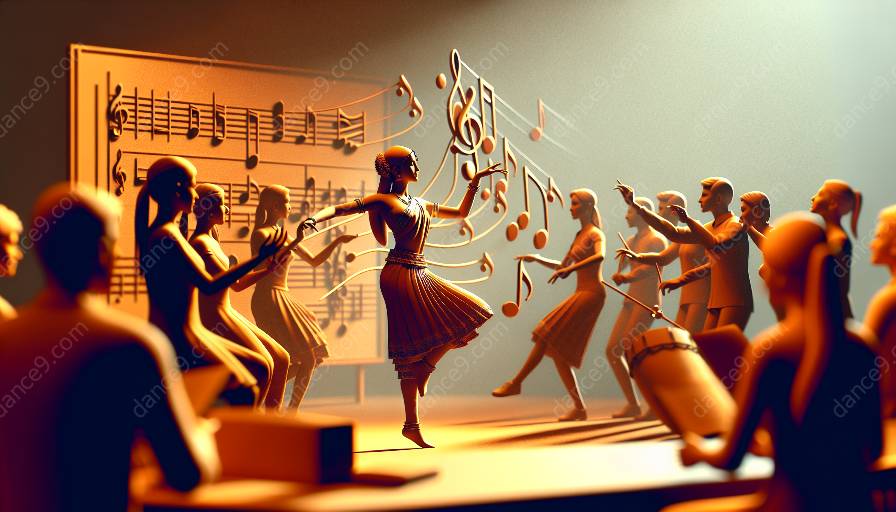Music and dance have a rich history of interconnection, with musical interpretation playing a vital role in creating narrative dance performances. This article aims to explore the intricate relationship between music and dance, delving into how musical interpretation enhances the narrative aspect of dance performances, while also shedding light on its significance in the broader context of dance and music studies.
The Art of Dance and Music
Dance and music have been intertwined since ancient times, serving as a means of expression, storytelling, and cultural preservation. Both art forms share the common goal of evoking emotions, conveying stories, and connecting with the audience on a profound level. This synergy between dance and music is evident in various dance styles, ranging from classical ballet to contemporary and ethnic dances, each relying on the harmonious fusion of movement and music to communicate narratives.
Interplay between Music and Dance
One of the fundamental aspects of narrative dance performances is the seamless interplay between music and dance. Musical interpretation serves as the driving force behind the choreographic process, influencing the movements, emotions, and visual storytelling of the dancers. Through the nuanced understanding and expression of musical elements such as rhythm, melody, and dynamics, dancers breathe life into the narrative, transforming sound into movement and emotions.
The relationship between music and dance in a narrative context is multifaceted. Music acts as a catalyst for evoking specific emotions and moods, setting the tone for the narrative arc of the dance performance. Whether it's the haunting strains of a melancholic melody or the pulsating rhythm of an upbeat composition, the music guides the dancers in embodying the characters, plot, and themes of the narrative, thus enhancing the overall storytelling experience.
Role of Musical Interpretation
Musical interpretation, as applied to dance, encompasses the intricate process of translating musical nuances into physical movements and expressive gestures. Dancers, through their interpretation of the music, infuse layers of depth and meaning into their performances, effectively conveying the narrative in a vivid and compelling manner.
Furthermore, musical interpretation in narrative dance performances goes beyond mere synchronization with the music. It involves the dancers' ability to internalize the essence of the music, effectively becoming conduits through which the audience experiences the emotional and thematic essence of the music. This transformative process not only enriches the performance but also highlights the profound connection between dance and music within the narrative context.
Significance in Dance and Music Studies
Studying the role of musical interpretation in narrative dance performances is integral to understanding the intricate relationship between dance and music, making it a significant area of exploration in both dance and music studies. Through academic inquiry and practical application, scholars and practitioners gain insights into the historical, cultural, and artistic dimensions of this symbiotic relationship.
Furthermore, the study of musical interpretation in dance performances provides valuable opportunities for interdisciplinary research, fostering collaboration between dancers, choreographers, musicians, and musicologists. This collaborative approach enriches the understanding of how music and dance coalesce to create immersive, narrative-driven performances, offering valuable contributions to the fields of performing arts and cultural studies.
Conclusion
The role of musical interpretation in creating narrative dance performances is a multifaceted and enriching aspect of the art form. It not only elevates the storytelling potential of dance but also deepens our appreciation for the enduring relationship between music and dance. As dancers and musicians continue to explore and innovate within this dynamic interplay, the narrative power of dance performances will resonate with audiences across diverse cultural landscapes, ensuring that the essence of storytelling through movement and music remains as timeless and captivating as ever.

















